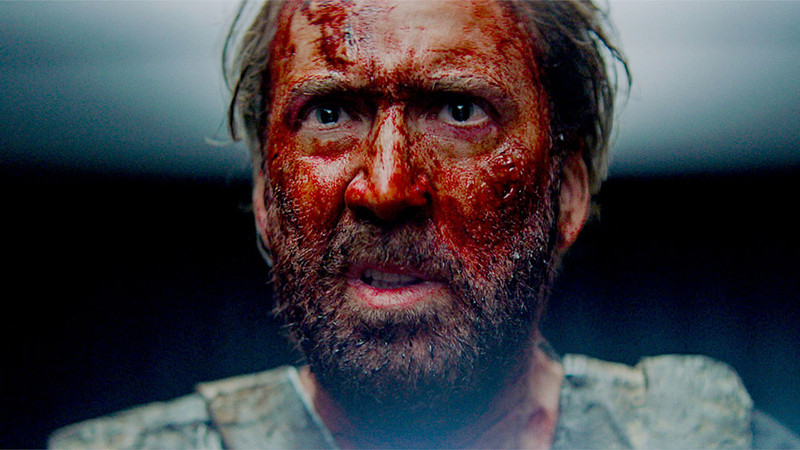
What exactly is a fever dream? Is it a dream derailed and thus a nightmare? Do we control it as a waking dream? It’s not exactly known, but it is referred to as an intense or confusing dream brought on by a fever or uneasiness.
Therefore, if one isn’t feeling well and they fall asleep, their dream could go in a direction they wouldn’t want that can leave puzzling afterthoughts, confusion, paranoia, or just simply the deciphering of what their dream meant. In terms of cinema, this could mean surrealism, a psychological torment, a borderline nightmare, or an existentialist feeling, even if it’s comedic. Therefore, here are 10 films that flow like a fever dream.
1. Long Day’s Journey into Night (2018) – Big Gan
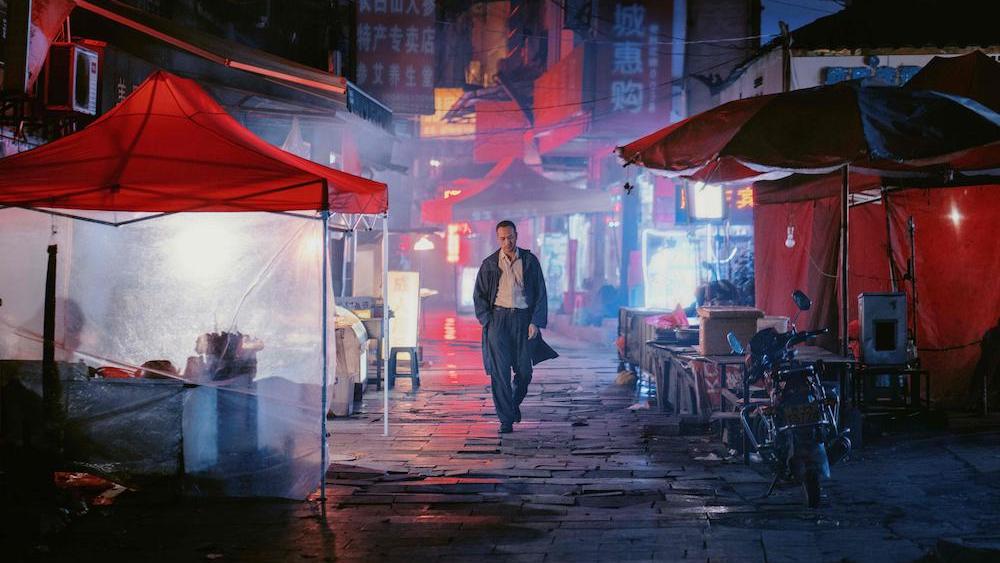
The second feature from the Chinese poet and filmmaker Bi Gan, he advances into new frontiers from his 2015 debut film, “Kaili Blues.” Gan presents another story of his hometown in Kaili where a man named Luo returns home for his father’s funeral, and he’s haunted in his search of a lost love. When one returns home, it feels like a strange dream of time and space, and in adding death and love, Gan is already moving in the right direction.
It’s not only ‘what’ but ‘how’ about this film. What makes it unique, and when the fever really comes out, is the first half of the film, which is in 2D and cut normally. Whereas, the second half of the film is in 3D with one continuous 59-minute take. This is where the past and present merge and we truly must surrender to the floating camera, the neon lights in the rain, and wandering of Luo.
It’s truly as if we entered into a weird, unsettling dream that’s completely different from before. So we follow this fragmented narrative into real time. It seems off, but works due to Gan’s preparation.
Gan proved that he is able to create cinematic films that are grounded in his obsession of time, mood, and his hometown. What is wonderful for the viewers is that we get to literally go on the ride with him, and therefore with his dreams.
2. Fando and Lis (1968) – Alejandro Jodorowsky
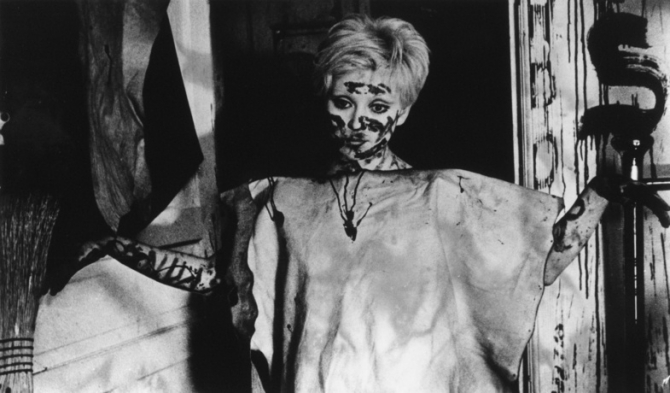
The debut film of Jodorowsky, with this adaptation by Fernando Arrabal, shows the filmmaker’s true nature and his beginning exploration of cinema, surrealism, and dreams. The film’s plot is straightforward as Fando and his paraplegic girlfriend Lis search for eternal answers in the mythical city of Tar. It’s their journey through a wasteland filled with uncanny creatures and surrealist figures that awaken their subconscious.
The two characters could be possibly going into their own minds and not necessarily liking what they find. Since the film was adapted by Arrabal’s own play and by Jodorowksy’s memories and feelings of the play, the film is presented in fragmentary ideas and scenes that result in an unnerving feeling.
Sure, we can appreciate the visuals and understand the performance art like the movement of the characters, but the film never quite fully grabs your full attention or desire. Was that what Jodorowksy was trying to achieve? Did he want us to reflect on our own search for meaning in our own dreams?
Jodorowksy always challenges us to bring ourselves to his films and conduct an introspection, so to speak, from the power of his film. In his debut, he was forming these ideas and presenting them to us, but it isn’t a fever dream like that. It begins normally and as a possible search that leads us somewhere, such as a wasteland, to a possible unfathomable truth. Who knows, but maybe Jodorowksy does.
3. Only God Forgives (2013) – Nicolas Winding Refn
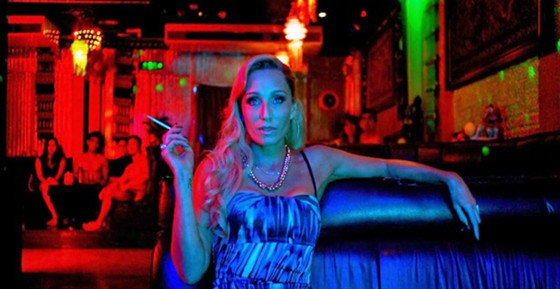
This is possibly the film Refn was brooding to make his whole career. Coming off of the dreamy success of “Drive,” he continued his exploration of the neo-noir with Ryan Gosling in this east-meets-west crime film, and he brings his experimentation of haywire, unsettling imagery, and demonic presence from Fear X and Valhalla Rising in this underappreciated work of art.
The film is best viewed from a distance, because Refn slowly sucks you into his bold neon-fused fever dream of a film that grabs you and doesn’t let you leave, even as the Angel of Vengeance cuts you off in the process. The film’s stark dialogue, elusive characters, and deliberate scenes can be challenging to some, but it adds to the unsettling feeling and intense sensory surroundings one would have during a fever dream.
With composer Cliff Martinez and cinematographer Larry Smith under Refn’s realm, he takes a typical drug-and-crime scenario to a film of that has numerous interpretations revolving around sex and violence.
Refn himself as stated the film is supposed to be a fairy tale but aren’t fairy tales lighter in tone? Therefore, Refn sees no wrong in his vision, and the film makes it so effective. It’s a pure stream of emotions and thought-provoking images from Refn that are splattered onto the screen. The film may polarize, but it definitely leads you to an intense fairy tale or fever dream feeling.
4. After Hours (1985) – Martin Scorsese
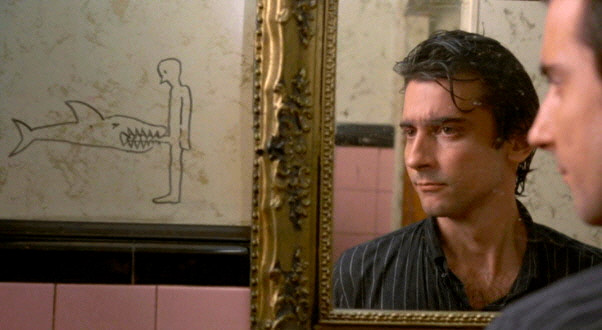
An underappreciated gem by Scorsese as he creates a Kafkaesque darkly comedic tale of a man played by Griffin Dune trying to get home to SoHo after a bad night. As one can guess, its has many encounters with creatures of the night, at a time when downtown Manhattan at night was a dreary, isolated place, and the zany twists and turns it takes.
Scorsese’s film, along with Joseph Minion’s script is full of surrealist imagery, such as a hand-drawn shark biting a man’s penis on a bathroom wall to screwball comedy with encounters of Cheech and Chong, to even a film noir with lurking wannabe female fatales. However, it is labeled as a dark comedy, which is not wrong; it is done in purely serious fashion.
As the film continues, what we think of as a ‘man in a bad scenario’ kind of film slowly starts to lean into paranoia, desperation, and frantic reasoning. All played completely straight by Dune and directed by Scorsese in a straight manner. Sure, its fast-motion scenes and quick camera movements enlighten the scenes, but it’s all about a man trying to get home. He wants out just as one wants out of a fever dream.
5. The Exterminating Angel (1962) – Luis Bunuel
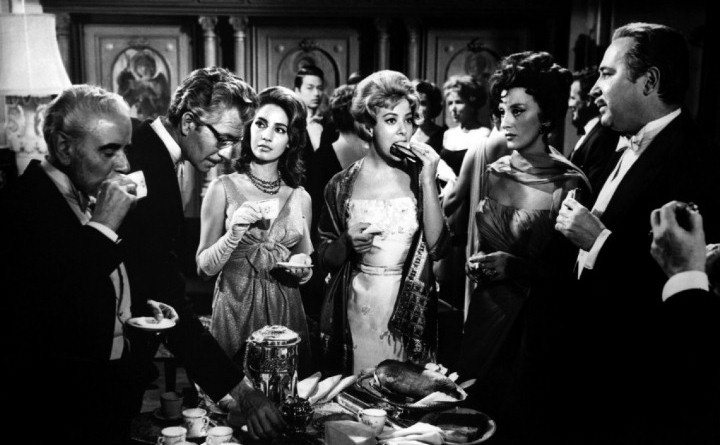
A film where the guests just don’t leave. What starts out as a bourgeois dinner for the upper class and aristocrats turns to deadly fight for survival and escape in one of Bunuel’s surrealist masterpieces.
The film begins fairly simple, as one can expect. Factors prevent guests from leaving, which is all very tangible and believable, but when a herd of sheep and animals invade the house, we get a weird feeling, which is normal compared to the frantic and exuberant guests.
As the film continues with pedestrians and law enforcement outside, with the guests stripped down busting the pipes to escape, we are in a full on laughter track of secrets and the horrible tendencies of these guests. Bunuel keeps going down this attack on the elite in his own way possible.
Bunuel never states what his films mean or the symbolism behind them. He never strays away from his vision like a true artist and most of his films go straight at you. But here, he takes his time, allows you into the house like the guests, and doesn’t let you leave just like them. The rest is all on you to decipher what you just experienced and witnessed.